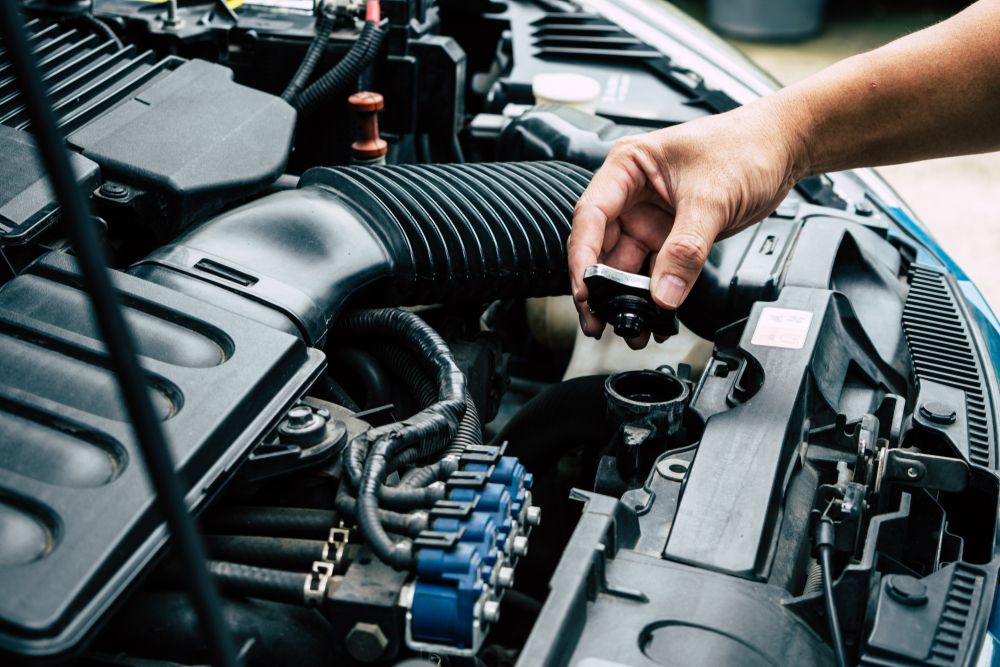The Aventador has been Lamborghini’s flagship production supercar for nearly a decade now, and the Italian carmaker has worked hard to ensure it pushes boundaries in the supercar space, thanks to its mind-numbing performance and the carbon-composite chassis. Like V12 Lamborghinis from the yesteryear, the Aventador too, has managed to find its way onto the walls of many a youngster’s bedroom. Having been a core competitor in the V12 road car category, it takes the fight to cars like the Ferrari 812 Superfast and the Aston Martin DBS Superleggera. The Aventador features all-wheel-drive, ceramic brakes and active aerodynamics. Performance is bound to have your jaws drop, the exterior design still remains outlandish even after all these years and the cockpit is well built.
The Lamborghini Aventador is available in two variants: the ‘S’ and the bonkers SVJ, both sold in either roadster or coupe forms. While the Lamborghini Aventador S is powered by a 6.5-litre V12, developing 730bhp and 690Nm of torque, the SVJ takes the game further, producing 759bhp and 720Nm of torque. The cars also feature enhanced, active aerodynamics and lightweight bodywork.
The Lamborghini Aventador is considered to be one among the fastest, most otherworldly cars you can buy. It is a machine that is driven by an unimaginably powerful engine, and thank fully, a naturally-aspirated unit, not a downsized turbocharged engine. At the moment, Lamborghini Cars is the only supercar maker to have stuck to naturally-aspiration while all its rivals have gone down the turbocharged route. There’s something particularly special about a Lamborghini – and an Aventador in particular. Perhaps it’s that sheer girth, not-so-perfect transmission and bad visibility that make its impracticality so enticing to customers.
Taming the bull
Performance, as we’d mentioned earlier, is absolutely staggering. With the help of launch control, or Thrust Mode, the car sprints from 0-100kph in just 2.9 seconds. And if you’ve got an open stretch of tarmac ahead, you can floor it and the car will top out at close to 350kph. However, if this is what you would consider being too mild, then we’d recommend the zanier Aventador SVJ, which is the Italian brand’s most capable and tech-loaded production car on sale. The Aventador is shod with wide tyres, advanced suspension and a stiff composite chassis that contribute to providing ample grip. Then there’s all-wheel-drive that has the whole 730bhp laid out on the road ahead. The steering’s weight has a good feel to it, with good turn-in while body roll is non-existent as the car sits squat to the ground. But remember, the handling and performance limitations for such a car are set very high, and hence it would demand immense concentration and skill.
Also, the Aventador S features some important changes, like four-wheel steering, which ensures sharper turn-in, takes care of high-speed stability and helps enhance the driving experience, by and large. It even gets revised suspension and an ‘Ego’ driving mode. Unfortunately, the single-clutch auto ‘box continues to be a bit of an issue. And if you’re one of those looking at a proper wind-in-the-hair experience, then the Aventador S Roadster is your type of car. However, the carbon-fibre panels that form the roof have to be removed manually.
On the Aventador SVJ, you get wilder and sharper exterior detailing and better aerodynamics. Performance from the SVJ is nothing short of nerve-wrecking, so we’d advise all SVJ aspiring buyers to drive and make the most of this car on race track instead, simply because, at 795bhp and 720Nm of torque, it’s just way too much to handle on a road.
Design, inside and out
To look at, the Lamborghini Aventador is pure drama. It sits low with that wide body and looks as aggressive as a modern-day fighter jet; no wonder it draws so much attention on roads. The design is a mix of geometrical shapes, creases and panels that reminds us of the Lamborghini Reventon. Then there are those scissor doors that fascinate a lot of people. For the Aventador S, cosmetic upgrades include a restructured nose, front splitter, restyled wheel arches, a fin-like diffuser and of course, a new exhaust. Apart from the F1-inspired push-rod suspension, the cockpit includes top-of-the-line Audi-derived switchgear and central instrument dials displayed on a screen. Also, read the latest car comparisons, only at autoX.






